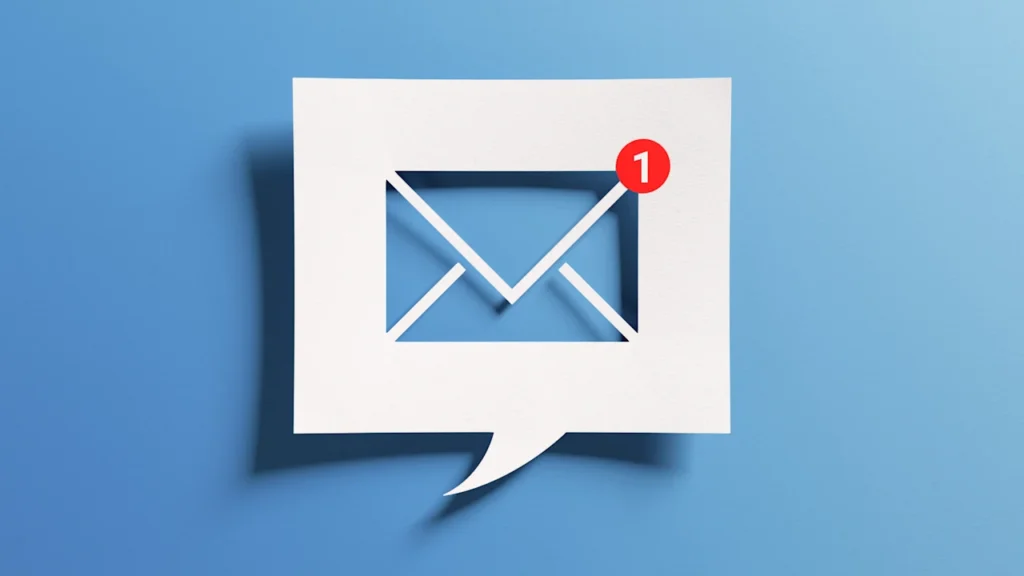
Think about the last time you made a purchase using your phone. Maybe you were at a coffee shop and when your turn came, you opened your payment app, tapped your phone on the payment device, grabbed your cappuccino, and were done. Quick and easy.
Maybe too quick and easy.
Did the coffee shop miss a chance to engage with you? Did Mastercard miss an opportunity to show how their brand made this “priceless” moment possible? Did you miss an opportunity to teach your 8-year-old daughter a lesson on the value of money?
As business leaders in an increasingly digital landscape, we’ve learned to treat “friction” as a dirty word. “Remove friction at all costs” is the rallying cry of every customer experience and user experience design team.
But what have we lost in the quest to reduce cart abandonments or boost transaction speed?
By putting speed and efficiency above all else, are we missing opportunities to build connections between consumers and brands—and perhaps each other? Have we lost the space to reflect on the quality of a product, or the substance of an experience? Are we unable to take a moment to think about a choice we just made and wonder whether there are better ones?
Not all friction is bad
Friction, in any of its many forms, can be a positive force—for teaching, adding value, creating deeper engagement, and fostering human connection. A process that’s too quick and simple may not offer enough choice, lead to poorly informed decisions, or might even erode trust. An experience with the right kind of friction in the right amount can prove more valuable in the long run.
There’s a well-known behavioral science principle commonly known as the IKEA effect. Referencing the global home furnishings giant, it refers to a phenomenon where consumers place more value on an item they’ve invested time and energy in creating, which is why you refuse to throw away that $30 bookshelf you spent four hours putting together for your first apartment. The experience of building IKEA furniture is a form of friction that fosters ownership and personal value, even if the intrinsic value of the item is low.
To be fair, our obsession with frictionless experiences stems from a legitimate fear: In a world of infinite choice, a single moment of frustration can send a customer to a competitor. But this relentless pursuit of speed and simplicity often results in a sort of non-experience, a homogeneous market where every brand looks and feels the same.
The challenge is to find the right places to re-introduce friction, slowing the process to build and differentiate your brand, deepen customer relationships, or drive sales. You can start by dissecting your customer experiences and looking for three types of friction: imagined, demanded and created.
1. Imagined friction
In our push towards a frictionless world, many customer experience designers have removed frictions that were never really customer challenges. QR codes were introduced as a means of contactless ordering at restaurants during the pandemic and many still remain in use. The ongoing justification is that it saves costs, allows for changes, and reduces staffing requirements. While these might all be true, it’s no longer a customer need, or a friction point in restaurant dining experiences.
In reality, restaurant orders tend to be larger with physical menus because it allows for collaborative viewing and discussion between diners and provides servers an opportunity to upsell and encourage more human interaction between staff and guests. QR codes, on the other hand, only solve an imaginary friction, and have arguably made the restaurant experience poorer.
2. Demanded friction
Almost every hotel chain has introduced digital, keyless check-in that can be done from your phone prior to your arrival at the property. At the same time, most hotel chains will acknowledge that the adoption of these technologies has been underwhelming. Most guests prefer to wait in line to check in, wanting to make eye contact with a hotel employee, announcing their arrival to a human, and perhaps chatting their way to a room with a view. The friction of a human interaction adds a degree of value, comfort, and reassurance.
Brands should examine their customer journeys to discover points where efficiency and digitization remove essential customer connection points, including connection points customers actually demand—even if it means waiting in line after a six-hour flight!
3. Created friction
IKEA isn’t the only brand creating friction to their benefit. With more than 1,000 stores, TJ Maxx is one of the largest clothing retailers in the country. It employs what it calls a “treasure hunt” strategy, making shoppers rifle through an enormous selection of roughly organized goods to find bargains.
The assortment constantly changes, and categories are merely notions: You’re very likely to find a soup ladle next to a decorative candle. But their loyalists, affectionately called Maxxinistas, fight through the friction to discover a hidden “haul.”
Reintroducing the right kind of friction
There are different kinds of friction: cognitive, emotional, and interactive. In our rush to make everything effortlessly interactive, we’ve brushed over the cognitive and emotional—the human—aspects of friction.
But research shows that customers are drawn to brands that align with their identity and values, not just those that offer the quickest transaction. By viewing friction not as a flaw but as a feature—or as a moment to be human—brands can design experiences that are more intentional, more aligned to need and, ultimately, more valuable.
While no one would make the argument that the consumer experience world should make things slower, more difficult, or more inefficient, no one would suggest we design things to be less human. The trick is, and will be, to balance an increasingly digitized world with more humanity by creating more opportunities for attention, engagement, and connection.
Oscar Yuan is chief strategy + growth officer at Material.
